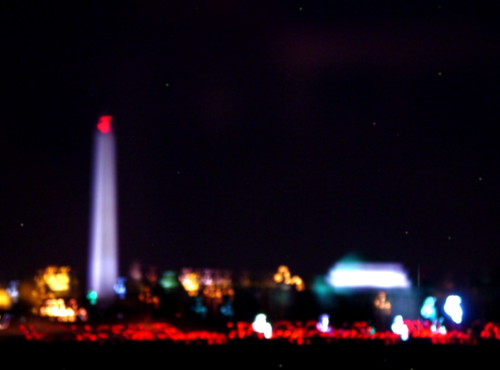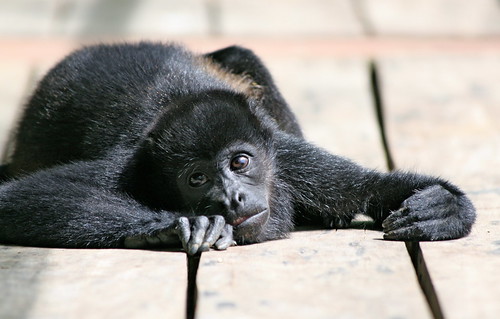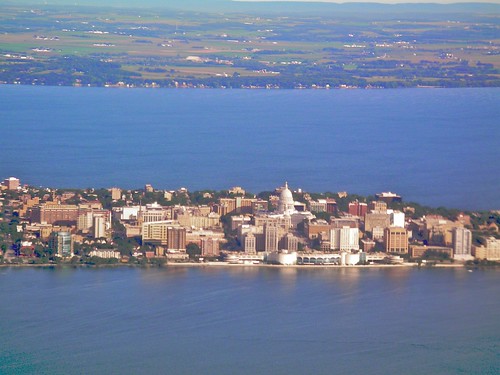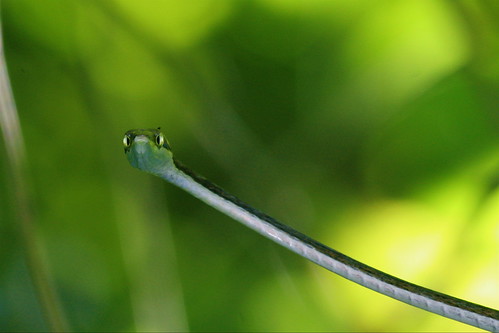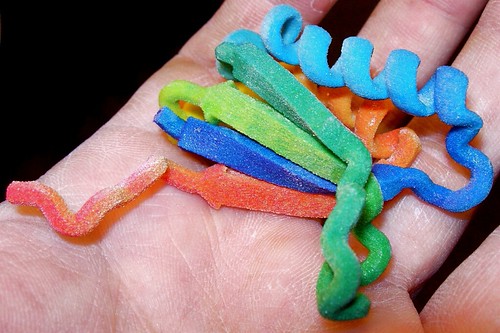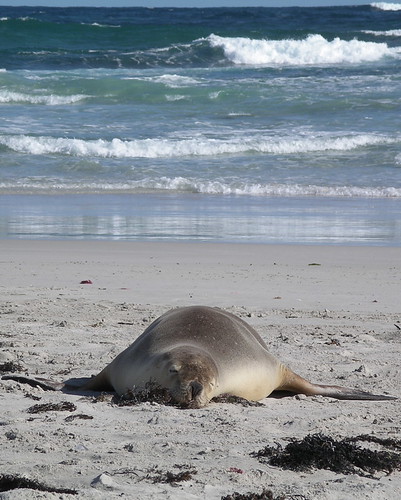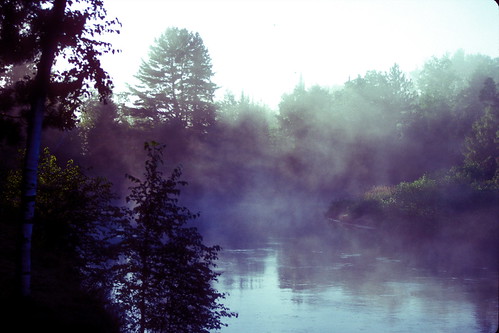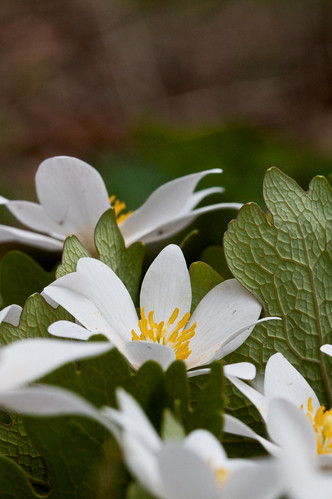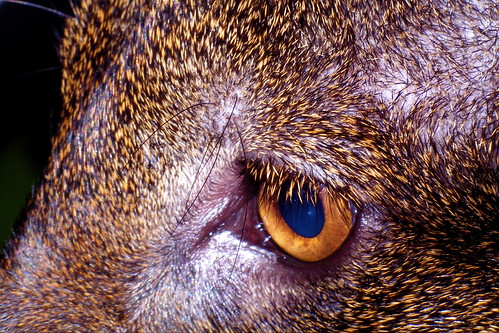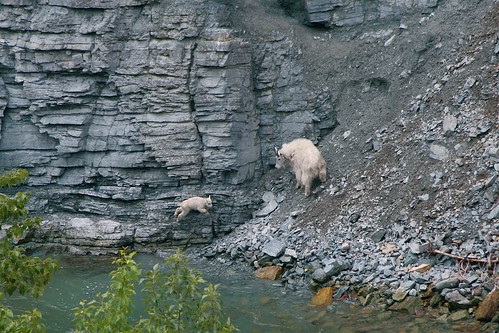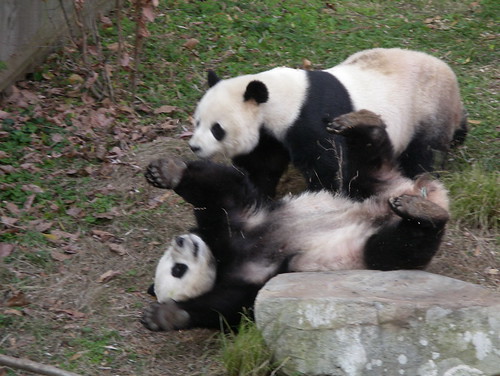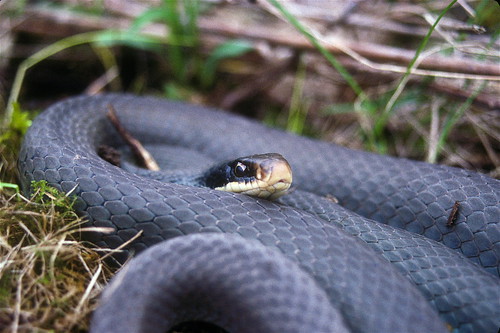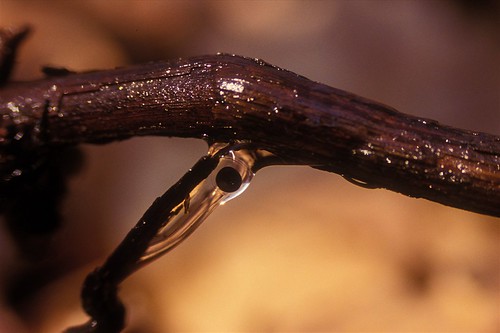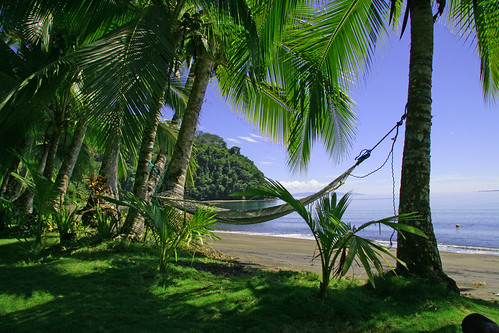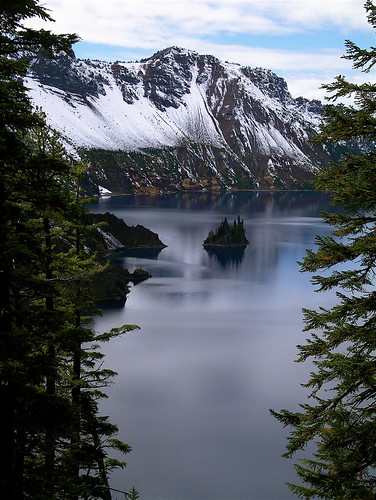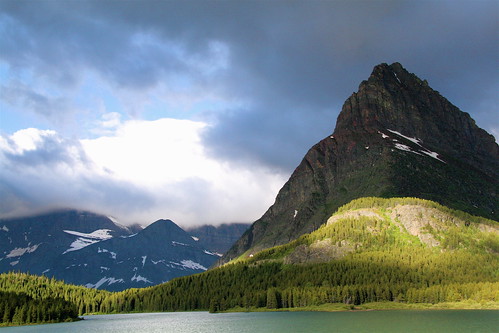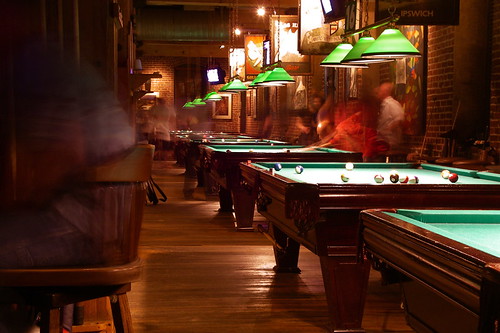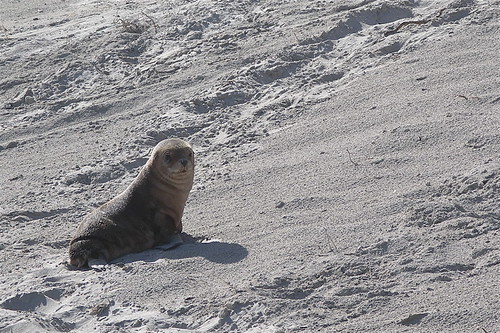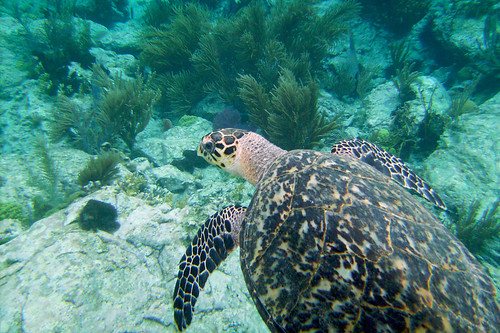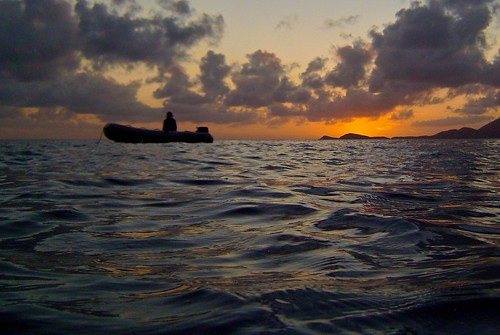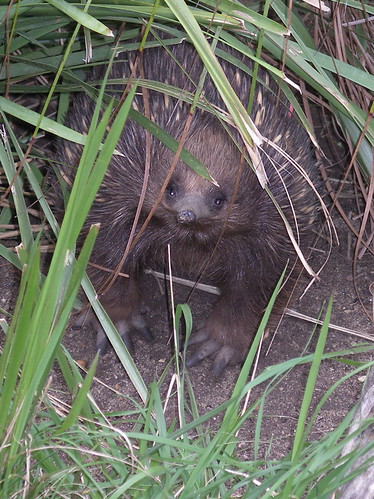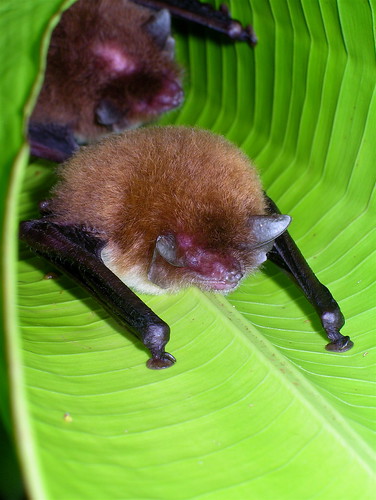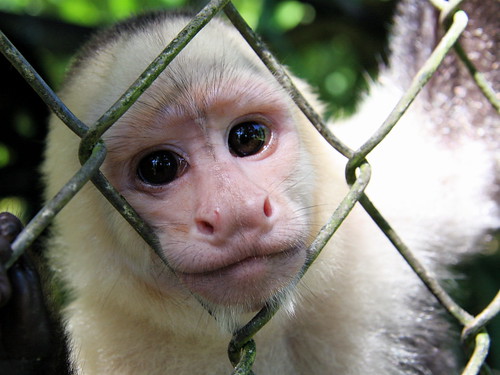
I took this photo at wildlife sanctuary in Costa Rica. This white-faced monkey had been injured and was recovering from surgery. It had been flown to San Jose to the veterinary school for the operation, flown back, and cared for weeks. When cleared by the vet, who would travel from San Jose, it was to be released back where it had been found. An amazing amount of time and effort had been devoted to this monkey so it could be released back to the jungle. So, what does this have to do with
Creative Commons licenses?
I release the majority of my photos on Flickr under a CC-BY-NC license. What does that mean? If you would like to use my photos, you may do so without asking as long as you attribute the image to me, and as long as the use is not for commercial gain. I find my photos all over the web, and I like that. I have been able to go places and do things that I want to share, and if those photos help others, especially educators, I like that. I don't even need to agree with the person using the photo. For example, several of my photos are used on a creationist web site. I am an evolutionary biologist and have seen no evidence that supports their ideas. That said, they are in full compliance with the terms of the CC license. This was use was test of my resolve to use open licenses for my content. I thought of ending my use of CC licenses, but there is an honesty in their use. I did not agree with their interpretation, but they were true to context in which photo was taken. I am glad this was the first case where I disagreed with the party's use of my image, but, in the end, support their right to use it.
This brings me back to the photo. Every once in a while I do a vanity search. Given that attribution is a requirement of using my images, it allows me to find them. It is really a thrill to see your images used by the World Wildlife Fund, International Union for Conservation of Nature, and personal blogs. Well, I found a case that is again testing my resolve. Well, okay, not really, but I am less pleased with this use than the use of my images by creationists. An poster in a discussion board (that I will not link to so that I drive no traffic to the site) has taken this photo and is using it as an example of the illicit animal trade. It is not that they used the photo. It is not that they have placed photo in another hosting service so people can't find my other images. It is not that the attribution does not lead people back to my other images. They are in compliance with letter of the CC license. What makes me angry is the author's invented context for my image. The person suggests that this animal was part of that despicable trade. The person says you can see the sadness in in its eyes, or some other rot. What you see in that monkey's eyes is greed. It was trying
grab my camera. This image is not of a monkey in the illegal animal trade. This animal is being well cared for, and who will get a chance to go back to wild.
As I think about how others use of my images, context may be as important to me as attribution. Inventing a story as a work of fiction and described as such, it fine. Inventing a story and portraying it as fact, even when plausible, is not. Fortunately, it is rarely a problem. I think most people understand that the story behind the image can be as important as the image itself. I don't need to agree with the user, but I want the honesty from that user. The occasional uses of my images by people with whom I disagree, and by the dishonest is a price I am willing to pay to see my images used for good causes, and in fun and creative ways.


